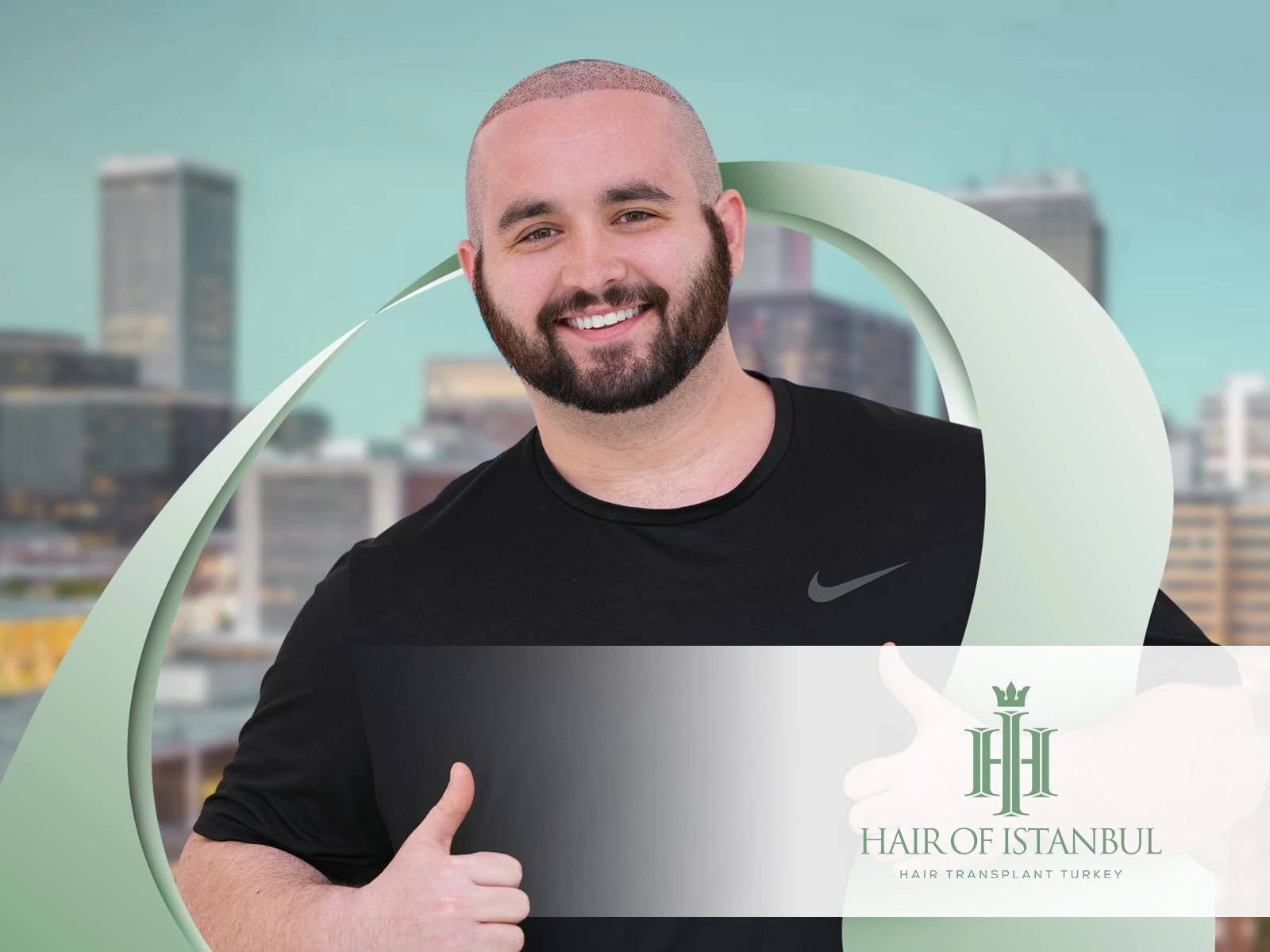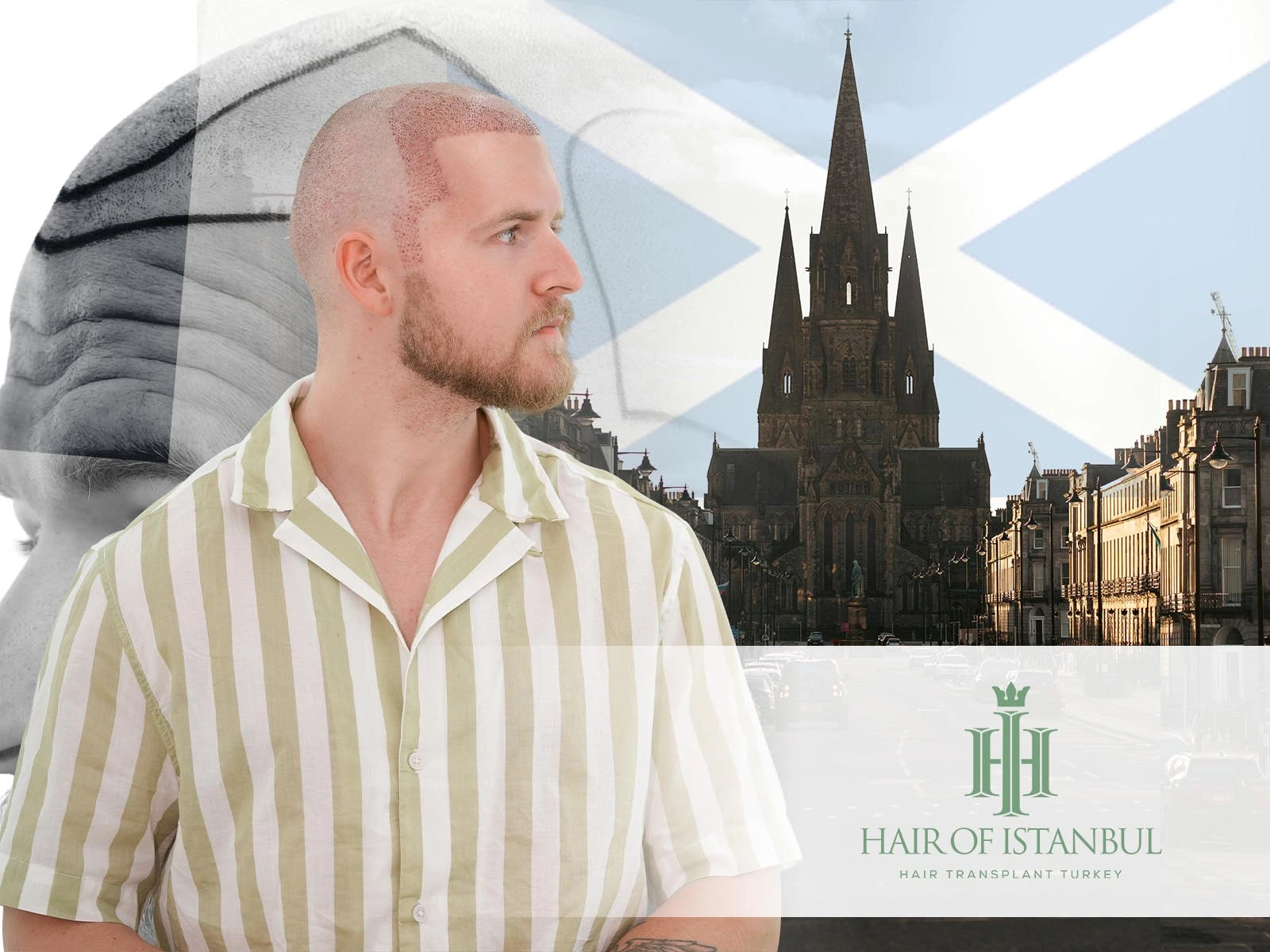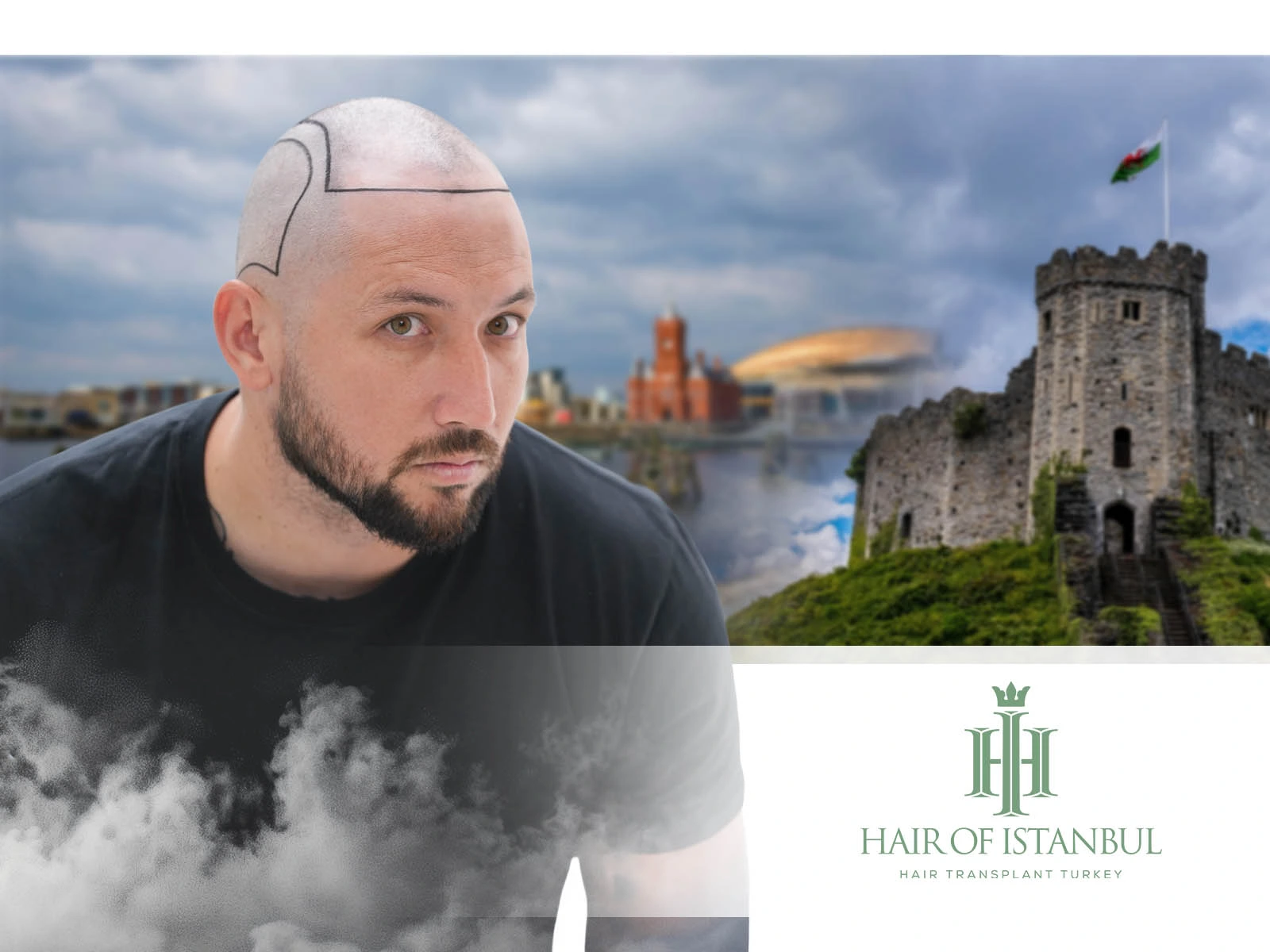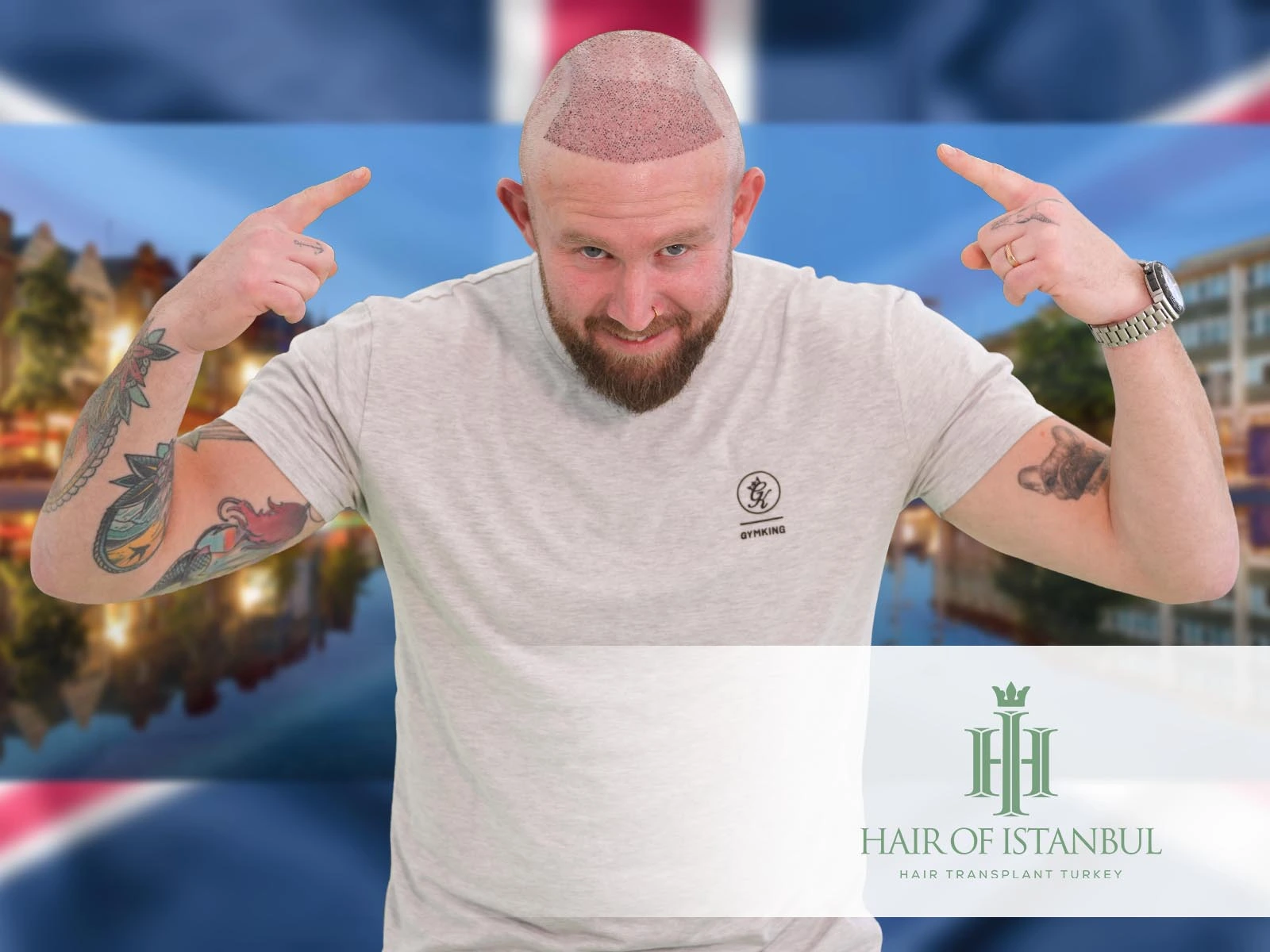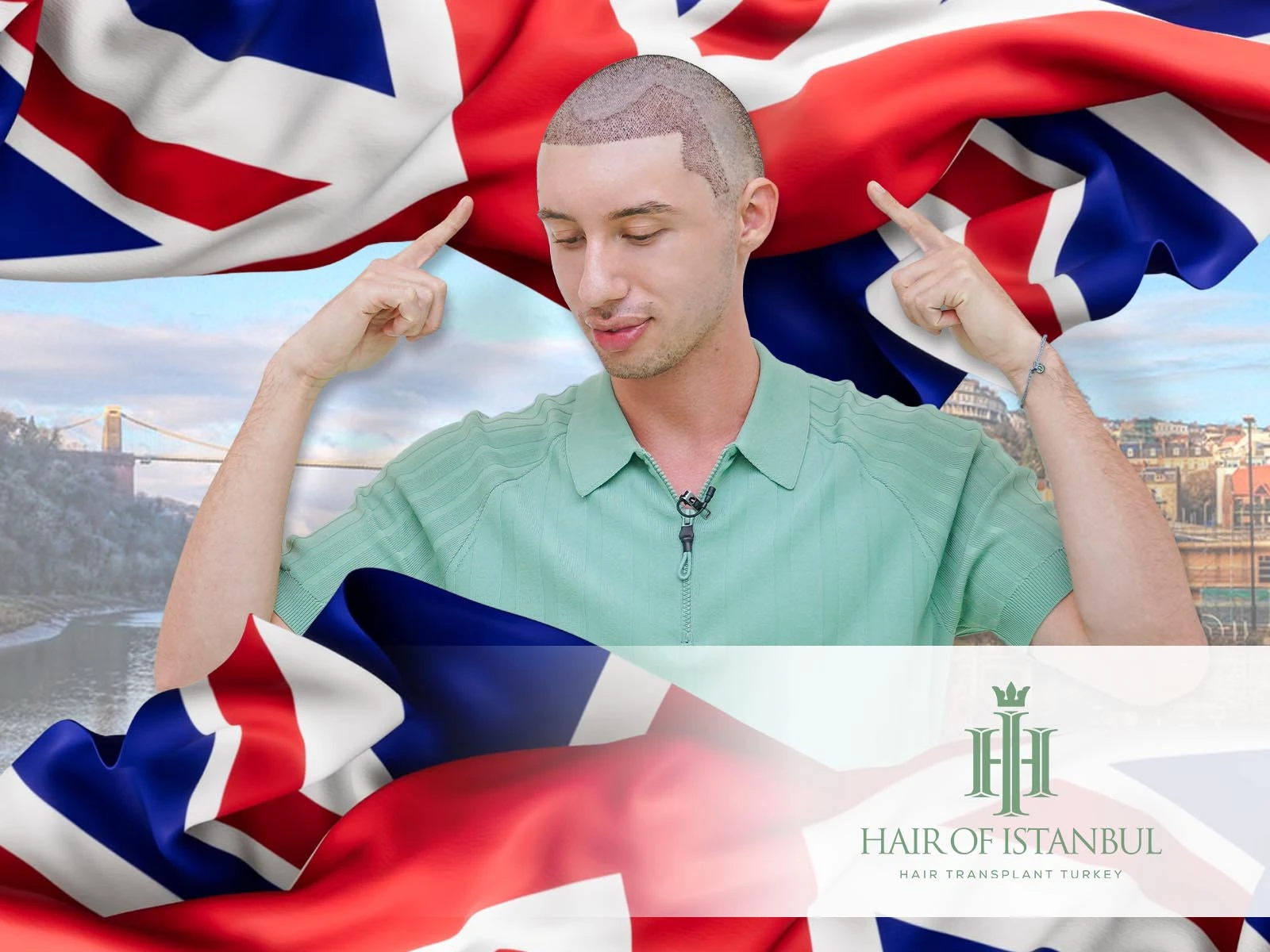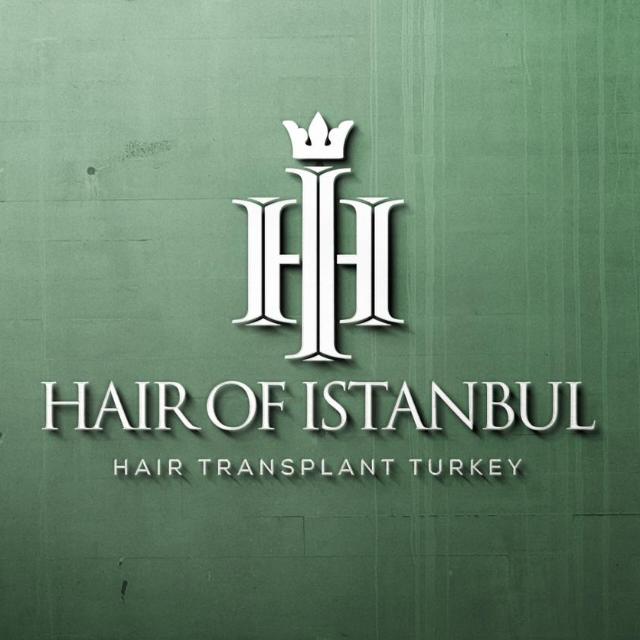Hair Transplant Downtime: Can You Return to Work the Next Day?
Deciding to undergo a hair transplant is a step toward lasting change, but it’s natural to wonder about the hair transplant downtime and how it might affect your daily life—especially your work schedule. One of the most common questions patients ask is: “Can I return to work the next day after surgery?” The answer depends on several factors, including the method used, the size of the procedure, and individual healing response.
At Hair of Istanbul, a globally recognized hair transplant clinic located in the heart of Istanbul, patient education is key. Whether you’re receiving a FUE hair transplant, DHI hair transplant, or opting for a female hair transplant, our experts ensure that each person understands the full scope of their hair transplant downtime, so they can plan accordingly.
What Affects Hair Transplant Downtime?
The extent of your recovery depends largely on the surgical technique and the number of grafts transplanted. Procedures like a 3000 grafts hair transplant generally involve more noticeable scalp sensitivity and swelling for a few days, especially if the donor area is wide. Additionally, your downtime will differ depending on whether you choose FUE or DHI methods.
FUE hair transplant typically involves shaving the donor area and can lead to visible redness and micro-scabbing, which may require 5–7 days to fade. DHI hair transplant tends to offer a slightly faster recovery with less trauma, making it a popular option among patients with time-sensitive commitments.
Bu gönderiyi Instagram’da gör
When Can You Return to Work?
While it’s technically possible to return to work the next day, most professionals—including the team at Hair of Istanbul—recommend waiting at least 2 to 5 days before resuming non-strenuous office work. For physically demanding jobs, up to 10 days may be necessary to allow proper healing. This allows redness, swelling, and tenderness to subside, especially in procedures involving hair transplant long hair or afro hair transplant, where scalp sensitivity may persist a bit longer.
To maintain privacy and comfort, many patients plan their procedures before long weekends or during time off. Those who opt for hair transplant in Turkey often take advantage of inclusive recovery packages that allow rest and follow-up visits before returning home.

Before and After Hair Transplant: What to Expect in the Early Days
The first few days post-surgery are when most visible signs—such as mild crusting, redness, and swelling—appear. While the before and after hair transplant photos we often see show stunning results, they don’t capture the realistic recovery timeline. This phase is crucial, and respecting your hair transplant downtime directly impacts your final outcome.
By hair transplant 3 months, much of the shock loss has resolved and regrowth becomes noticeable. Following proper hair transplant care after, such as gentle washing, medication adherence, and avoiding sun exposure, helps this transition significantly.
Factors That Extend or Reduce Downtime
Technique Used: As noted, DHI often leads to less visible healing markers than FUE.
Hair Type: Afro hair transplant cases may require longer healing due to curl pattern and scalp characteristics.
Gender-Specific Sensitivities: In hair transplant for women, the frontal zone is often more delicate and requires gentler after care.
Graft Count: Higher graft counts (e.g., 5000–8000) lead to more swelling and scabbing, extending downtime.
Is It Safe to Resume Public Life Quickly?
Physically, many people feel fine after 24–48 hours, but cosmetically, the signs of surgery—especially in a man hair transplant where the scalp is fully shaved—may be noticeable. Wearing a loose-fitting hat, as permitted by your surgeon, can help with discretion. However, it’s vital not to compromise healing by exposing the scalp too soon.
Patients who undergo a cheap hair transplant without proper post-op instructions may return to work prematurely, risking complications or suboptimal hair transplant results. Quality clinics like Hair of Istanbul prioritize recovery planning as part of the full experience, not just the surgery itself.
Hair Transplant Cost
A successful transplant isn’t just about the hair transplant cost or visible outcome—it’s also about aligning the procedure with your lifestyle. Premium clinics offer flexible scheduling and consultative support to ensure that your healing fits your professional responsibilities. Especially for those traveling for a hair transplant Turkey experience, coordinated care is essential for seamless downtime management.
Don’t Rush the Recovery
Your hair transplant downtime is a short but significant phase that sets the tone for long-term success. While some patients may feel ready to return to work within a day or two, most benefit from allowing their body the time it needs to heal properly. At Hair of Istanbul, our team guides you through every step—ensuring your transformation is not only impressive in appearance but also comfortable in process.

